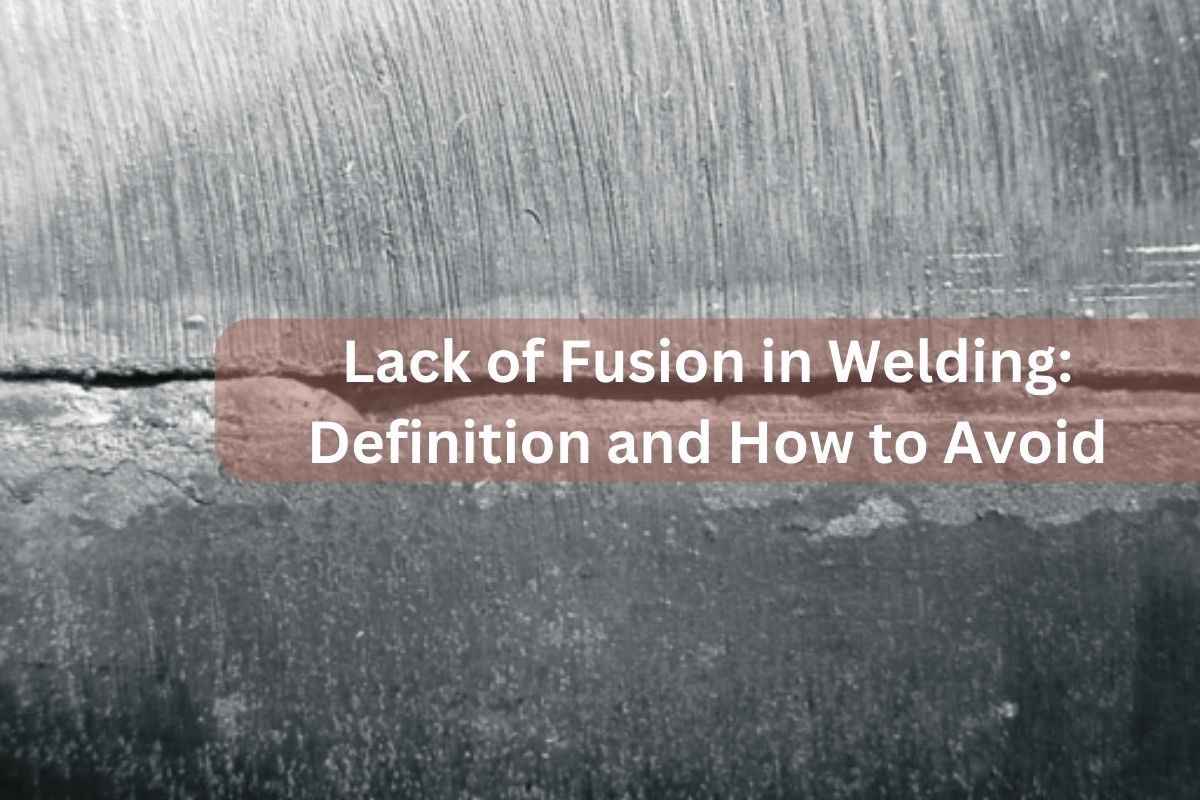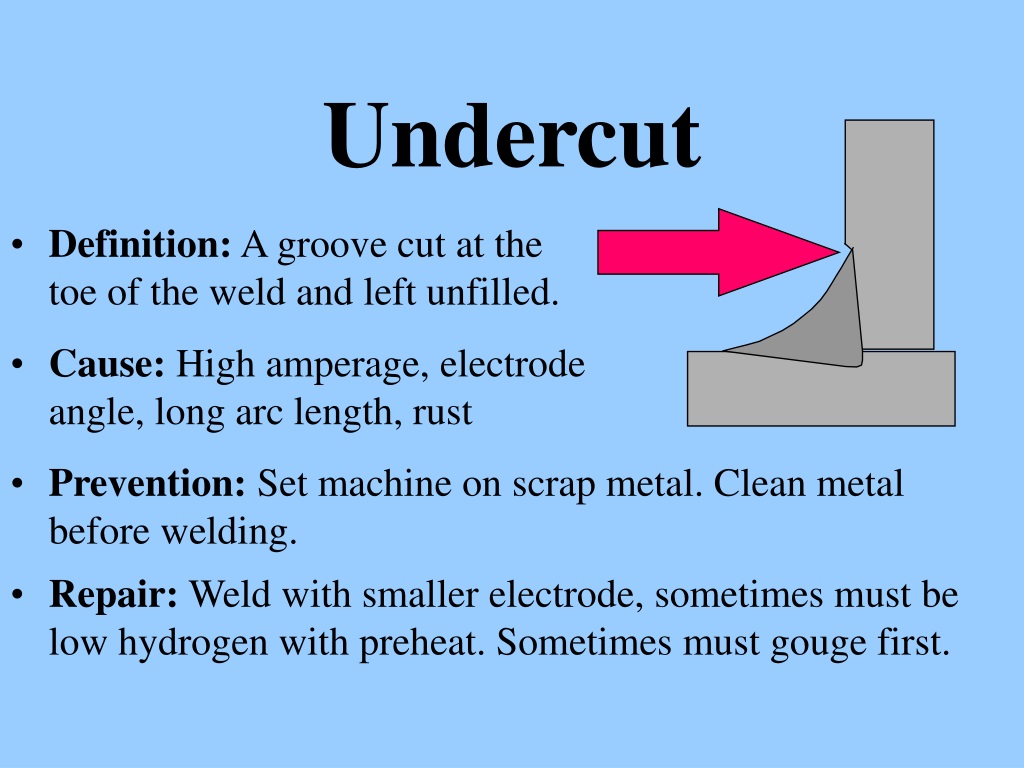Grasping the Art of Welding: How to Prevent Undercut Welding Issues for Flawless Manufacture Outcomes
By recognizing the origin causes of undercut welding and executing efficient methods to stop it, welders can elevate their craft to new levels of excellence. In the pursuit of remarkable fabrication results, grasping the art of welding to prevent undercut problems is not just a skill however a requirement for those aiming for perfection in their work.
Understanding Undercut Welding

To prevent undercut welding, welders must ensure correct welding parameters, such as adjusting the existing, voltage, travel speed, and keeping the right electrode angle. Furthermore, using the appropriate welding method for the details joint setup is vital. Using weaving motions or backstepping methods can aid ensure appropriate weld steel deposition and decrease the probability of undercut development. Regular evaluation of welds throughout and after the welding process is likewise crucial to catch any type of undercut very early and make necessary adjustments to avoid more defects. Preventing weld undercut. By understanding the reasons of undercut welding and applying preventive steps, welders can accomplish high-grade, structurally audio welds.
Root Causes Of Undercut in Welding
Comprehending the elements that contribute to undercut in welding is necessary for welders to generate top notch, structurally sound welds. When the weld metal does not correctly fill the groove formed in between the base steel and the previously deposited weld steel, damaging happens. Several variables can cause undercut in welding. One common cause is excessive warmth input. Welding at heats for extended periods can cause the base metal thawing greater than wanted, causing undercut. Poor welding existing or incorrect welding rate can likewise contribute to damage. Inadequate current might not supply sufficient heat to thaw the base and filler metals sufficiently, while excessive rate can protect against correct blend, triggering undercut. Additionally, incorrect electrode angles or incorrect torch adjustment techniques can develop areas of reduced weld metal deposition, advertising undercut. Comprehending these causes and applying appropriate welding strategies can help stop damaging problems, ensuring sturdy and strong welds.
Techniques to avoid Undercutting

To alleviate the risk of damaging in welding, welders can utilize tactical welding strategies aimed at enhancing the high quality and stability of the weld joints. One reliable approach is to adjust the welding specifications, such as voltage, present, and take a trip rate, to make sure correct warmth input and deposition. Maintaining a suitable electrode angle and making sure constant traveling rate can likewise aid protect against undercut. Additionally, using the correct welding method for the certain joint arrangement, such as weave or stringer grains, can add to lowering damaging. Preventing weld undercut.
Using back-step welding techniques and managing the weld grain profile can additionally assist disperse heat uniformly and minimize the danger of undercut. Routine inspection of the weld joint during and after welding, as well as applying quality assurance actions, can assist in finding and addressing undercutting problems immediately.
Relevance of Correct Welding Parameters
Choosing and preserving ideal welding parameters is vital for attaining successful welds with minimal problems. Welding specifications describe variables such as voltage, present, take a trip rate, electrode angle, and shielding gas flow rate that directly affect the welding procedure. These criteria must be thoroughly changed based on the kind of product being bonded, its density, and the welding strategy used.
Correct welding criteria make certain the right amount of heat is applied to melt the base metals and filler product evenly. If the criteria are established expensive, it can bring about too much warmth input, triggering burn-through, spatter, or distortion. On the other hand, if the specifications are also reduced, incomplete blend, absence of infiltration, or damaging may take place.
Quality Control in Welding Procedures

Conclusion
Finally, grasping the art of welding requires a thorough understanding of undercut welding, its reasons, and methods to avoid it. By ensuring correct welding specifications and executing quality control practices, remarkable construction results can be attained. It is vital for welders to consistently pursue excellence in their welding procedures to prevent undercut issues and create top quality welds.
Undercut welding, an usual issue in welding procedures, happens when the weld steel doesn't effectively fill the groove and leaves a groove or depression along the bonded joint.To hop over to here prevent undercut welding, welders must ensure appropriate welding criteria, such as adjusting the present, voltage, traveling speed, and preserving the proper electrode angle. Inadequate welding incorrect or existing welding speed can additionally add to undercut.To alleviate the risk of damaging in welding, welders can use critical welding methods aimed at improving the quality and honesty of the weld joints.In verdict, mastering the art of welding needs a comprehensive understanding of undercut welding, its causes, and strategies to prevent it.